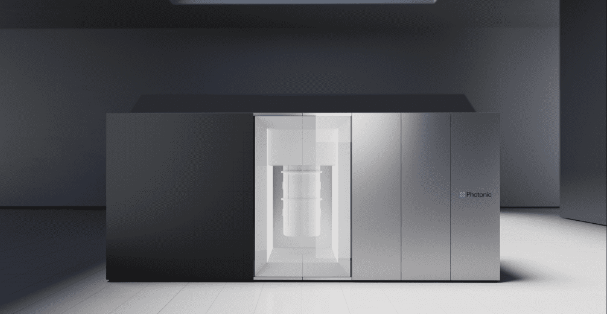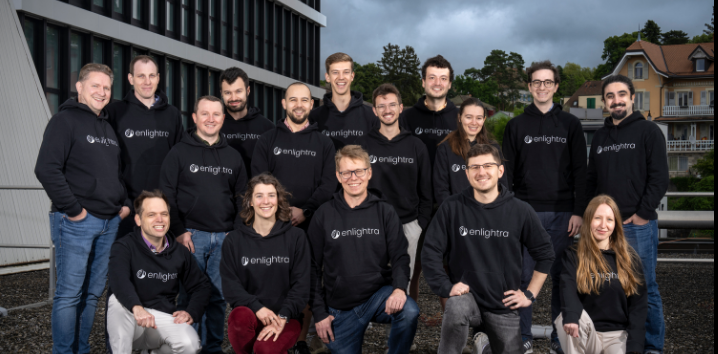Insider Brief
- MIT researchers achieved the highest recorded single-qubit gate fidelity of 99.998% by refining control methods for fluxonium qubits, significantly advancing fault-tolerant quantum computing.
- Innovative techniques, including circularly polarized microwave drives and precisely timed “commensurate pulses,” mitigated counter-rotating errors, enhancing gate speed and accuracy.
- These advancements reduce the overhead for quantum error correction and demonstrate fluxonium’s potential for high-performance quantum computing, with broader applicability to other qubit platforms.
MIT researchers have developed techniques to achieve the highest fidelity ever recorded in single-qubit gates, a critical step toward fault-tolerant quantum computing, according to MIT News. By refining control methods for a type of superconducting qubit known as fluxonium, the team achieved a fidelity of 99.998%, reducing the resources needed for error correction and making quantum computing more feasible.
Tackling Errors in Quantum Gates
Quantum computers promise to solve problems exponentially faster than classical machines by encoding information in qubits, which operate under the principles of quantum mechanics. However, qubits are highly sensitive to noise and imperfections, which introduce errors that can compromise computational accuracy.
The MIT team, led by researchers from the Department of Physics, the Research Laboratory of Electronics (RLE), and the Department of Electrical Engineering and Computer Science (EECS), addressed two major sources of error: decoherence, where qubits lose their quantum information, and counter-rotating dynamics, a problem that arises when qubits are manipulated with electromagnetic waves.

The team’s findings were published in PRX Quantum.
“Getting rid of these errors was a fun challenge for us,” David Rower, a senior author of the study, told MIT News. “Initially, Leon had the idea to utilize circularly polarized microwave drives, analogous to circularly polarized light, but realized by controlling the relative phase of charge and flux drives of a superconducting qubit. Such a circularly polarized drive would ideally be immune to counter-rotating errors.”
Overcoming Counter-Rotating Errors
One of the ways to perform logical operations, or gates, on qubits, researchers use electromagnetic pulses to drive transitions between quantum states. Faster gates reduce the impact of decoherence but increase susceptibility to counter-rotating errors, which can disrupt the consistency of these transitions.
The team devised two innovative control techniques to mitigate these errors. One method involved using circularly polarized microwave drives, akin to circularly polarized light but realized by coordinating two control signals—charge and flux. While this approach initially showed promise, achieving the desired fidelity required further refinement.
The breakthrough came with the introduction of “commensurate pulses.” By timing these pulses precisely, the researchers made counter-rotating errors consistent and therefore correctable during calibration.
“It was simple, we understood why it worked so well, and it should be portable to any qubit suffering from counter-rotating errors,” said Rower.
Fluxonium’s Unique Advantages
Fluxonium qubits differ from the more common transmon qubits by incorporating a “superinductor,” which shields them from environmental noise. This design enhances their coherence, enabling high-accuracy operations. However, their lower frequency traditionally required slower gates, which can be a drawback.
The new techniques not only overcame this limitation but demonstrated the potential of fluxonium for high-speed, high-fidelity gates.
“Here, we’ve demonstrated a gate that is among the fastest and highest-fidelity across all superconducting qubits,” said Leon Ding, another senior author.“Our experiments really show that fluxonium is a qubit that supports both interesting physical explorations and also absolutely delivers in terms of engineering performance.”
Implications for Quantum Error Correction
High-fidelity gates are essential for quantum error correction, a process that compensates for the inevitable noise and errors in quantum systems. By achieving higher gate fidelity, the researchers have reduced the computational overhead needed for error correction, bringing practical quantum computing closer to reality.
“This project makes it clear that counter-rotating errors can be dealt with easily,” Rower said, as reported by MIT News. “This is a wonderful thing for low-frequency qubits such as fluxonium, which are looking more and more promising for quantum computing.”
A Collaborative Effort
The study reflects the interdisciplinary nature of quantum research, combining insights from physics and electrical engineering.
“This is a wonderful example of the type of work we like to do in EQuS, because it leverages fundamental concepts in both physics and electrical engineering to achieve a better outcome,” said William D. Oliver, a senior author and professor at MIT. “It builds on our earlier work with non-adiabatic qubit control, applies it to a new qubit — fluxonium — and makes a beautiful connection with counter-rotating dynamics.”
The techniques developed by the MIT team are not limited to fluxonium and could be applied across other quantum computing platforms. “Our paper shows how to precisely calibrate fast, low-frequency gates where the rotating-wave approximation does not hold,” Ding explained.
Funding and Future Directions
The research was supported by several U.S. government agencies, including the Department of Energy and the National Science Foundation. The team aims to continue refining their techniques to achieve even faster and more accurate quantum gates.
“With the recent announcement of Google’s Willow quantum chip that demonstrated quantum error correction beyond threshold for the first time, this is a timely result, as we have pushed performance even higher,” said Oliver. “Higher-performant qubits will lead to lower overhead requirements for implementing error correction.”


















